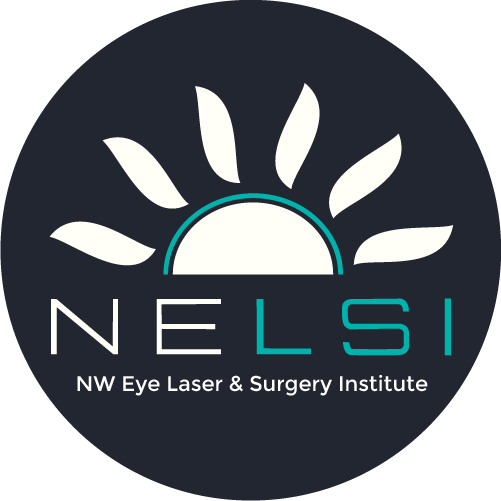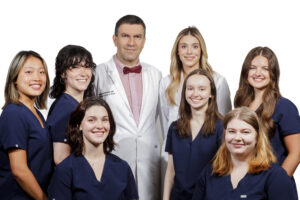by Robert n
Photorefractive keratectomy (PRK)
With PRK, rather than forming a flap, the top surface (epithelium) is scraped away. This corneal abrasion takes three or four days to heal, resulting in moderate pain and blurred vision in the short term. It was thought that these drawbacks were outweighed by the theoretical advantage that PRK was safer for people who are more likely to be struck in the eye — for example, those involved in contact sports, law enforcement or the military. But even with standard LASIK, the risk of eyeball rupture is still very low, so there is probably no significant advantage with PRK. LASIK is also a better option than PRK for correcting more severe nearsightedness (myopia).



